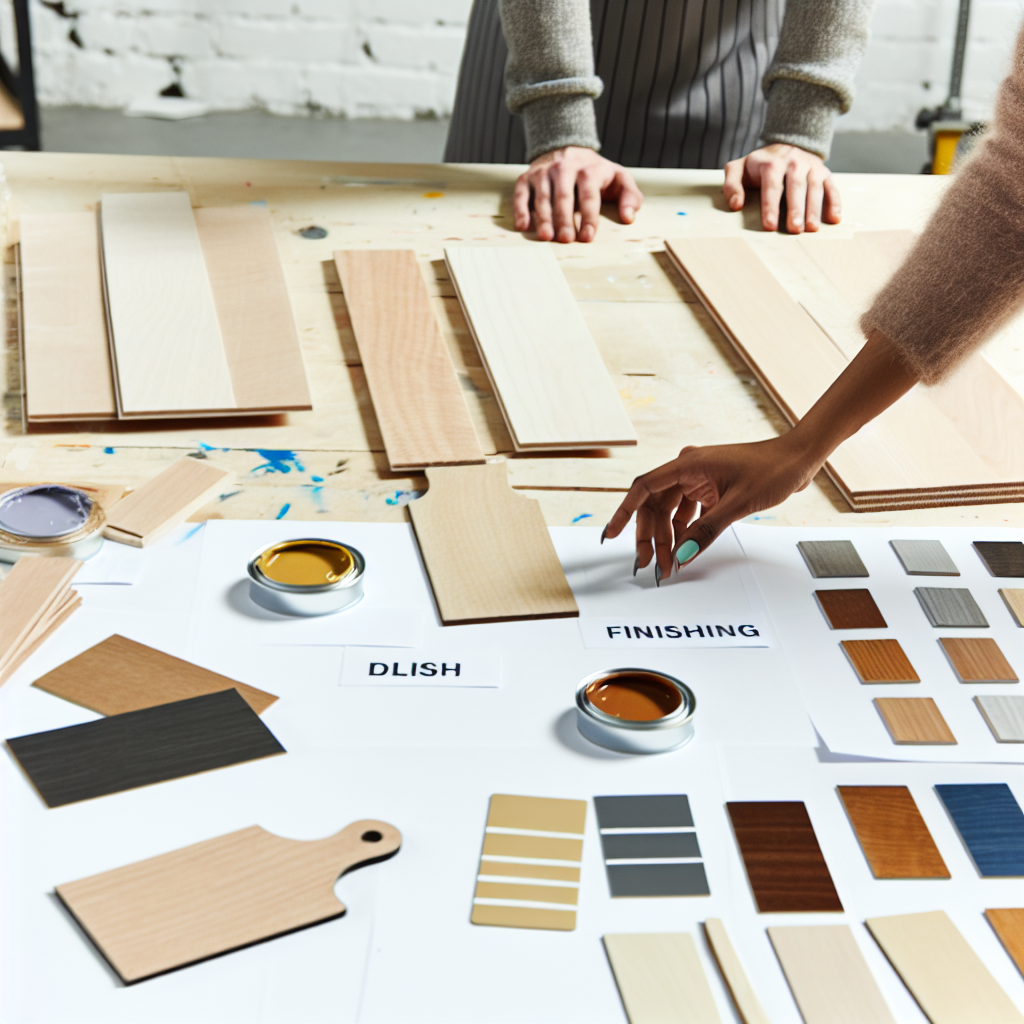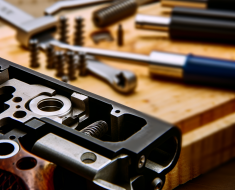Choosing the Best Finish for Your Custom Build

When embarking on a custom build project, whether it be furniture, cabinetry, or even a vehicle restoration, one of the most crucial decisions you’ll face is selecting the right finish. The finish not only protects your creation but also defines its aesthetic appeal and longevity. Choosing an inappropriate finish can compromise the integrity of your build or diminish its visual impact. This comprehensive guide will explore the various types of finishes available, their benefits and drawbacks, and how to make an informed choice tailored to your specific project needs.
Understanding the Importance of Finishing in Custom Builds
Finishing is often considered the final step in a custom build process, but its significance extends far beyond mere appearance. A proper finish serves multiple functions:
- Protection: Shields materials from moisture, UV rays, scratches, and general wear and tear.
- Aesthetics: Enhances or alters the color, texture, and sheen of the material.
- Durability: Increases the lifespan of your build by preventing damage from environmental factors.
- Maintenance: Determines how easy or difficult it will be to clean and care for your finished piece.
According to a study published by the American Coatings Association (ACA), applying the correct finish can extend a wooden surface’s lifespan by up to 30%. This underlines why investing time and resources into choosing an appropriate finish is critical.
Types of Finishes: An Overview
The market offers a wide array of finishing options suitable for different materials such as wood, metal, plastic, and composites. Below is an overview of some common finishes used in custom builds:
- Lacquer: A fast-drying solvent-based finish that provides a durable and glossy surface.
- Polyurethane: Available in both oil-based and water-based forms; offers excellent protection against scratches and chemicals.
- Varnish: Traditional finish that creates a hard protective layer with varying degrees of glossiness.
- Shellac: Natural resin finish known for its warm tone but less resistant to water and heat.
- Oil Finishes (e.g., Tung oil, Linseed oil): Penetrate wood fibers to enhance natural grain without forming a surface film.
- Paints: Provide color options and protection but may conceal natural textures.
- Powder Coating (for metals): Durable dry finishing process ideal for metal parts requiring corrosion resistance.
The choice depends heavily on the material you’re working with as well as the desired look and functional requirements of your build.
Criterias to Consider When Choosing Your Finish
Selecting a finish requires balancing several factors. Here are key criteria that should influence your decision-making process:
Aesthetic Preferences
The visual impact is often the primary consideration for custom builders aiming for a specific style or ambiance. Finishes vary widely in terms of sheen—from matte to high gloss—and color enhancement capabilities. For example:
- Lacquer provides a brilliant shine often favored in modern designs.
- Oil finishes bring out rich wood grain patterns preferred in rustic or traditional styles.
- Paints allow for vibrant colors that transform surfaces completely.
Durability Requirements
Your project’s environment dictates how tough your finish needs to be. Outdoor furniture exposed to sun and rain requires UV-resistant finishes like spar varnish or marine-grade polyurethane. Indoor cabinetry might benefit from softer finishes like shellac if refinishing is anticipated over time. Consider these aspects carefully:
- If you expect heavy wear (e.g., kitchen counters), opt for high-durability polyurethane coatings.
- If moisture exposure is likely (e.g., bathroom cabinets), select water-resistant finishes like epoxy varnish.
Application Method & Skill Level
The ease or complexity of applying a finish can influence your choice based on whether you’re doing it yourself or hiring professionals. Some finishes require multiple coats with precise drying times; others are more forgiving. For instance:
- Lacquer requires spraying equipment and controlled environments to avoid imperfections like bubbles.
- Tung oil application is straightforward but demands patience as it cures slowly over days.
Sustainability & Health Considerations
An increasing number of builders prioritize eco-friendly finishes free from volatile organic compounds (VOCs). Water-based polyurethanes and natural oils tend to have lower VOC levels compared to solvent-based lacquers or paints. If indoor air quality or environmental impact is important to you, research product certifications such as GreenGuard or EPA compliance labels before purchasing finishes.
Case Studies: Real-World Applications & Outcomes
The following case studies illustrate how different finishing choices impacted custom builds across various contexts:
The Modern Kitchen Cabinet Transformation
A client commissioned a set of kitchen cabinets made from maple wood with sleek modern lines. The builder recommended a water-based polyurethane due to its clear finish that





